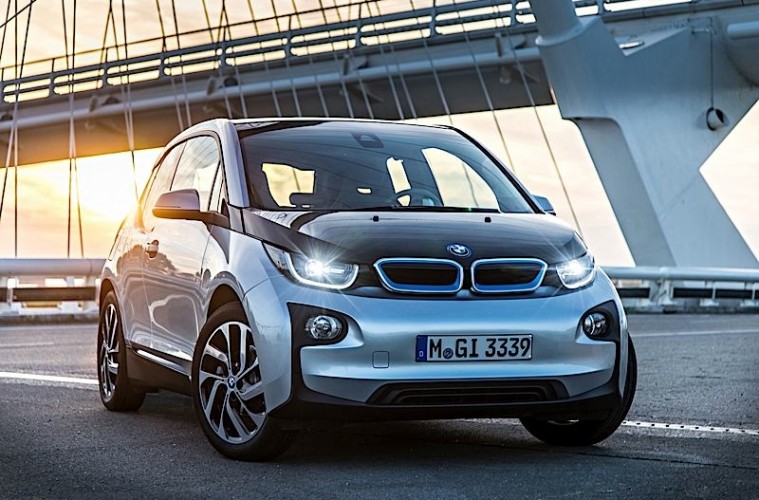The small car electric vehicle (EV) market hasn’t seen any significant change in the past couple of years. Very few fully-electric cars are even sold nationwide. BMW’s i3 will change that. Going on sale in the coming weeks, we now know more about the options and the pricing. Thanks to our friends at BMW Blog, we also know some interesting twists.
EVs need to be a lightweight as possible. That isn’t easy considering lithium-ion batteries are heavy. Because of this, the rest of the car needs to be light. BMW offers a range extender gasoline motor for this process. This one weighs in at a featherweight 265 lbs.
The range extender motor has a 1.9 gallon fuel tank and doesn’t actually charge the batteries. It exists to help the i3 drive another 80 miles to the next available recharging point (once the i3 has used up its 100 all-electric miles). You will not want to drive across the country on just the range extender.
READ: All-Electric BMW i3 Test Drive (Video)
The range extender also hurts acceleration because of the weight. A non-range extended version will accelerate from 0-60 mph in 7.0 seconds, but will take 7.9 with the extender.
Some innovative engineering went into the BMW i3. The battery packs are separate modules instead of being all one piece (like in the Tesla Model S). This way dealerships only have to replace a bad module instead of the entire pack. The batteries are also active cooled with R134a refrigerant, unlike the Nissan Leaf that’s air cooled.
Interestingly, the front trunk that stores the 110v charging components and the tire mobility kit isn’t waterproof. BMW recommends purchasing their their optional storage bag to keep those items dry. That seems very un-German engineering to us, but we aren’t surprised that they charge for the bag. This company charges for floor mats.
READ: BMW’s Electric i3 Whispers Into Sochi Olympic Ad
We recommend thinking about where you plan on driving the i3 before deciding on the range extended version. If you are only going to drive it around locally, or have a place to charge at work, we’d suggest skipping it and saving the $4,000. If you drive a lot, or drive for longer distances at a time, the extra money provides peace of mind that you won’t get without it.



